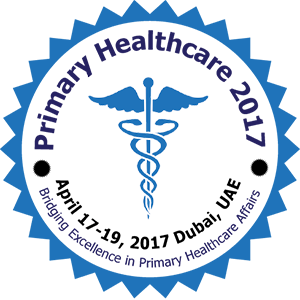
Nood Al-Marri
Hamad Medical Corporation, Qatar
Title: A rare case of acute calcular cholecystitis with Cope’s sign: case report
Biography
Biography: Nood Al-Marri
Abstract
Background: The “Cope's sign” was named after Sir Zachary Cope, who was the first patient documented with such cardio-biliary reflex in 1970. O'Reilly and Krauthamer were the first to highlight the association between calculous cholecystitis and bradycardia. Since published, only few cases has been reported in medical literature. We are reporting a case of acute calcular cholecystitis associated with significant sinus bradycardia.
Presentation: A 53 years old male patient with no underlying any medical condition or cardiac risk factor presented to emergency department complaining of mild generalized, colicky abdominal pain for one day associated with 3 episodes of nausea and vomiting. He had no chest pain, no palpitations, nor dizziness. His was haemodynamically stable with completely normal physical exam except for mild epigastric tenderness and a pulse of 33 which was regular and equal in both sides. Initial work up was started to evaluate his
abdominal pain and to exclude any cardiac pathology. Laboratory and radiological investigations confirmed the diagnosis of acute calcular cholecystitis. ECG showed sinus bradycardia of 36 beats per minute with mild QT interval prolongation. Cardiology evaluation by Holter monitoring and echocardiography was normal. Patient was managed conservatively and heart rate was normalized after 2 days of medical treatment.
Conclusion: Cardio-biliary reflex do exist and can results in serious consequences, Special attention to patients with acute cholecystitis having abnormal ECG changes should be considered, well monitored and managed correctly to avoid possible complications.

